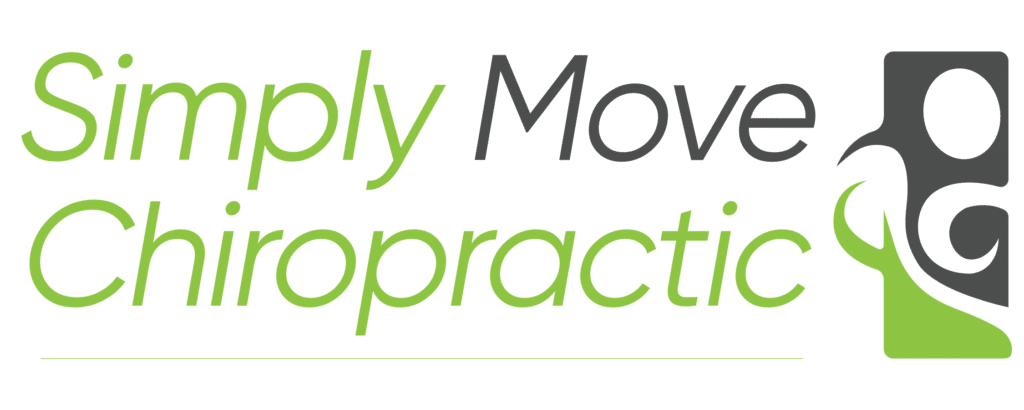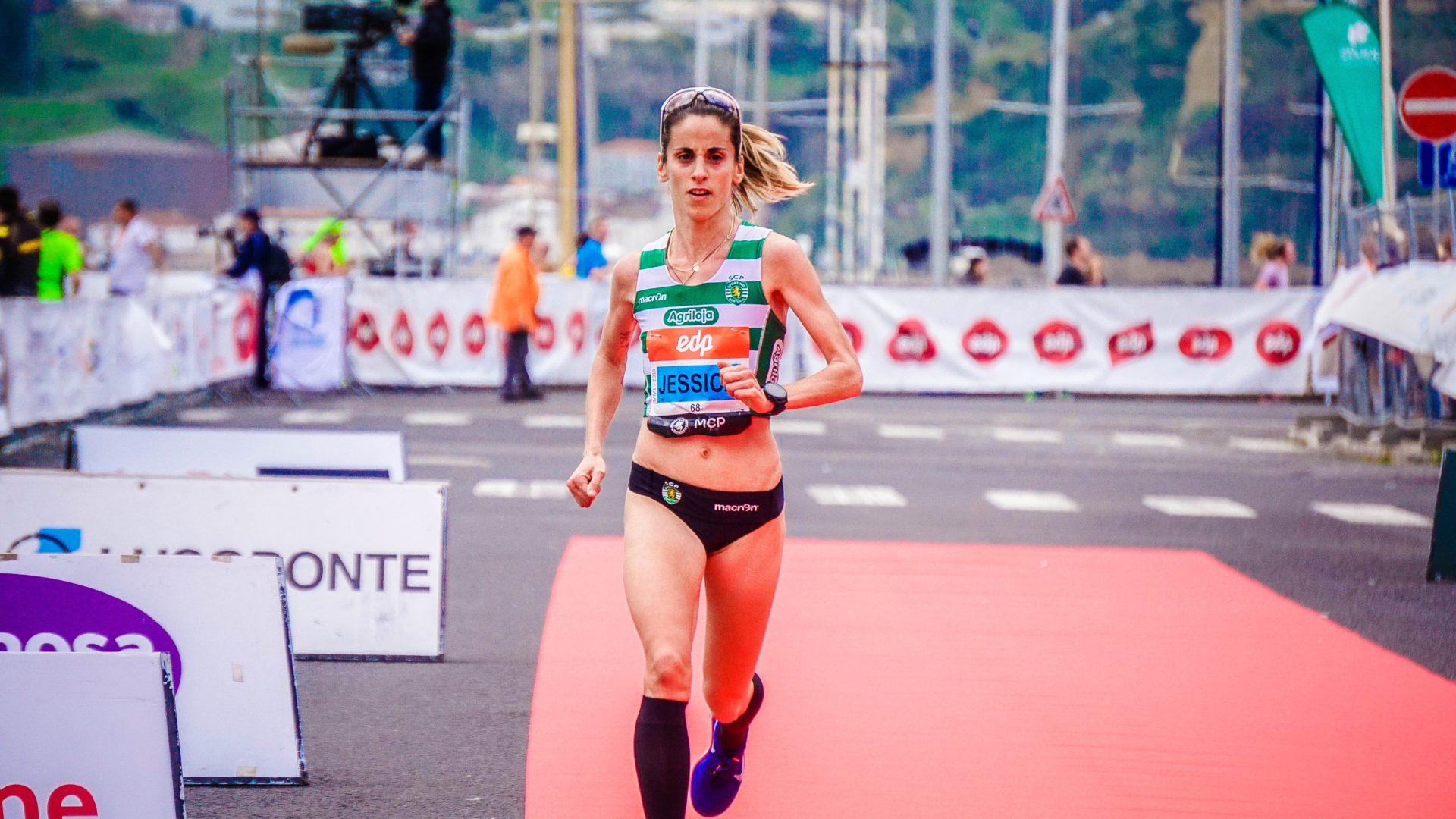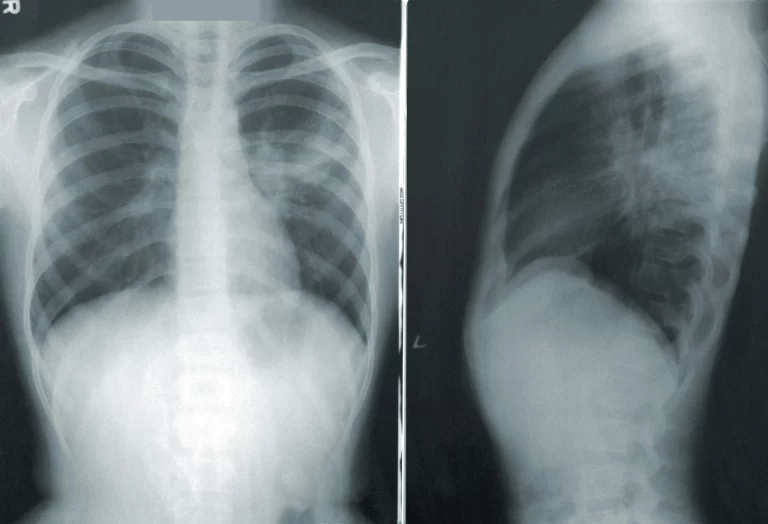For many runners, the benefits of exercise far outweigh the challenges—but what if you have scoliosis? Running with scoliosis can be a unique experience, requiring special attention to biomechanics, muscle imbalances, and spinal health. As a chiropractor specializing in scoliosis care, I want to break down what you need to know about running with scoliosis, including insights from a clinical study on how scoliosis impacts running mechanics.
Understanding Scoliosis and Running Biomechanics
Scoliosis is a lateral curvature of the spine that can lead to uneven muscle development, changes in posture, and imbalances in movement. When running, these imbalances can place additional strain on the body, potentially increasing the risk of injury or discomfort. However, with proper care and awareness, individuals with scoliosis can run safely and effectively.
Study Review: How Scoliosis Affects Running Mechanics
A study published in the Journal of Clinical Medicine (2019) examined the impact of scoliosis on running biomechanics. Researchers analyzed adolescent females with idiopathic scoliosis, comparing their gait and running patterns to those without scoliosis.
The study found that individuals with scoliosis demonstrated altered lower limb biomechanics, including:
Increased Ground Reaction Forces: Runners with scoliosis exhibited higher forces through the legs upon impact, which could contribute to joint stress over time.
Asymmetrical Muscle Activation: There was a notable imbalance in muscle activation, particularly in the lower back and hip musculature, which may contribute to inefficient movement patterns.
Changes in Step Length and Cadence: The study noted that runners with scoliosis had slight variations in step length and cadence, potentially due to compensatory mechanisms in response to spinal curvature.
These findings highlight the importance of targeted interventions, such as corrective exercises and running technique adjustments, to support runners with scoliosis.
The Role of ScoliBalance in Running with Scoliosis
One of the most effective approaches to managing scoliosis while staying active is ScoliBalance. This evidence-based rehabilitation program focuses on corrective exercises tailored to improve postural alignment, enhance core strength, and address the muscular imbalances associated with scoliosis.
According to Simply Move Chiropractic’s ScoliBalance program, the key elements of this approach include:
Postural Correction and Alignment Training: ScoliBalance helps retrain posture by incorporating exercises that promote spinal stability and balance.
Active Strengthening Exercises: These exercises focus on building core and postural muscles to provide better spinal support while running.
Neuromuscular Re-education: By retraining movement patterns, runners with scoliosis can develop more efficient and pain-free biomechanics.
Breathing Techniques for Core Stability: Proper breathing patterns play a crucial role in spinal stability and are integrated into ScoliBalance training.
For runners, this means:
Better Postural Control: Reducing compensatory movement patterns that may lead to injuries.
Enhanced Muscle Symmetry: Addressing imbalances that affect running form.
Improved Running Efficiency: Supporting smoother, more controlled movement.
Reduced Injury Risk: Strengthening postural muscles to prevent overuse injuries.
At Simply Move Chiropractic, I incorporate ScoliBalance into my scoliosis treatment plans to help runners build strength and confidence while protecting their spine.
Corrective Exercise: The Key to Running with Scoliosis
Rather than relying solely on passive treatments, corrective exercises should be the foundation of any scoliosis management plan. These exercises, as emphasized in our ScoliBalance program, help retrain posture, enhance core control, and improve movement efficiency—especially important for runners.
If you’re dealing with scoliosis and want to continue running, incorporating a structured program like ScoliBalance can make all the difference in maintaining proper form, reducing discomfort, and preventing further spinal imbalances.
Tips for Running with Scoliosis
If you have scoliosis and love to run, here are some key tips to keep in mind:
Commit to Corrective Exercises: Following a structured scoliosis rehabilitation program like ScoliBalance is essential for long-term spinal health.
Strengthen Core and Hip Stability: Building these muscles helps support spinal alignment and balance during runs.
Choose Supportive Footwear: Proper footwear helps absorb impact and improve alignment.
Monitor Pain and Fatigue Levels: Pay attention to any discomfort and modify intensity as needed.
Work with a Scoliosis Specialist: A chiropractor trained in scoliosis management can guide you through the best exercises and movement strategies.
Tips for Running with Scoliosis
Scoliosis doesn’t have to prevent you from running—it just requires a smarter approach. Corrective exercise is the foundation for maintaining a strong, balanced spine, and ScoliBalance provides a structured, research-backed way to achieve this. If you’re in Charlotte, NC, and want expert guidance on running with scoliosis, I’d love to help you develop a plan that keeps you moving safely and efficiently.
Interested in learning more about scoliosis treatment options? Contact Simply Move Chiropractic today!





